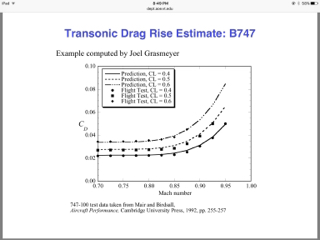In RASA There is no way I can see to delay separation. Maybe there is a way I haven't learned yet.
That being said, I started completely from scratch with the Re sim in RASA. I did nothing differently than I did before, but now the simmed altitude comes within about 5% of Open Rocket. I have no idea what I did wrong the last time. Maybe the last file was corrupted. AS my computer engineer son would have put it..."The problem could have existed somewhere between the chair and the keyboard."
But now I am pretty sure I am going to need a 40K or 50K waiver to fly Re. RASA Simmed altitude is about 40,700' and OR altitude is about 42,300. Top speed was Mach 2.57. OR was Mach 2.66.
Throughout this process I have found you still need both sets of software. Since OR allows you to add electronics, includes motor weights in its files, and includes most of the details needed to build a rocket (except for some reason rail buttons), Then you can design the rocket, see how the components impacts CG and weight, then change your weight and CG numbers in RASA, who is only concerned with weight, shape, CG, CP, and motor thrust curves. It does not even consider materials (FG, CF, paper, etc.). Without these criteria, you really are blind as to overall stability until after you build the rocket and weigh it.
At the same time, RASA demands more stability, and that's not a bad thing, especially headed into altitudes where the air is thin and the fins are not as useful.
My experience has been that OR is about 5-10% higher than actual in its sims. I had no experience with RASA, but if it falls out 5-10% lower than OR, then it is is most likely to be very accurate. Running sims on different software is something I would recommend everyone do on something as extreme as this.
Anyway, it is on to fin flutter analyses and then I can start building Do.
My hope with this rocket is to test fly it in Potter this fall after the harvest on a much weaker motor setup as a shakedown flight. Even a couple F's will put it close to a mile up. Then next year at URRF I would fly it on full power when several rockets are lined up for the 20K waiver. If that goes well and if sims permit, I could build Re and try it on a shakedown flight next fall in Potter.






